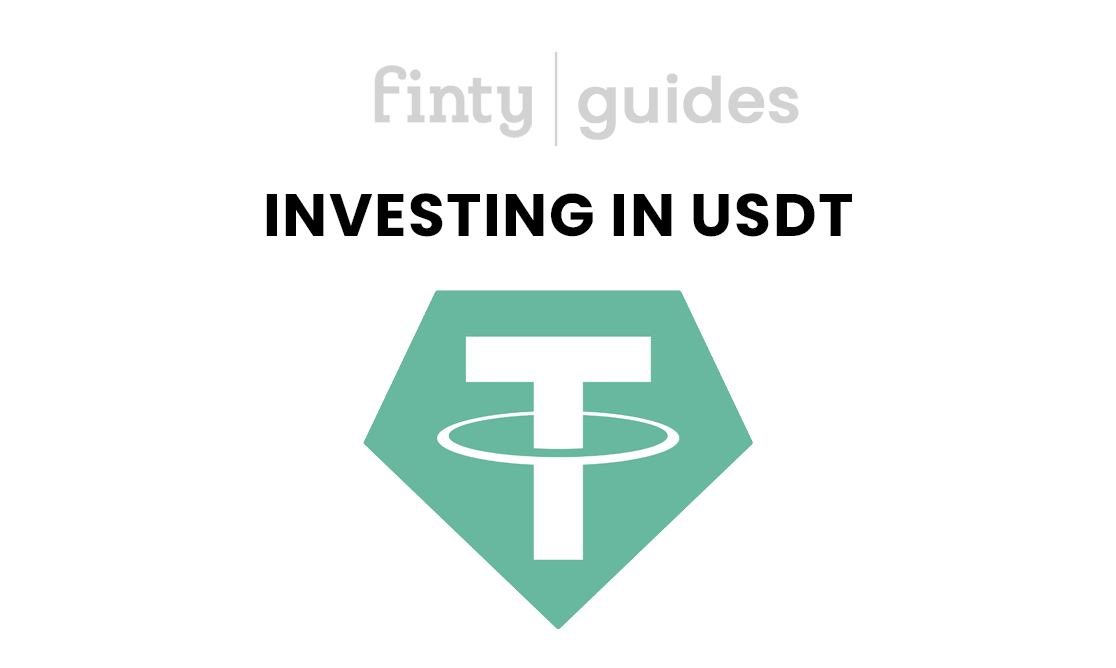Tether (UST) is a stablecoin that changed the way cryptocurrencies were perceived.
It was founded by Brock Pierce, Reeve Collins, and Craig Sellar in 2014. Though Tether has been the subject of much criticism over the years, it has become one of the most traded cryptocurrencies in the world. Its tokens are issued by Tether Limited, a Hong-Kong company controlled by Bitfinex.
Despite the unprecedented surge in its popularity, many events surrounding Tether have shown that it goes against the decentralised nature of blockchains. Nonetheless, it is the oldest and most trusted stable currency in the crypto world. As a matter of fact, the average daily trading volume of Tether often surpasses that of Bitcoin and Ethereum.
Scroll down for more on the project and help to invest in the token.
What is Tether?
Tether is a fiat-collateralised stablecoin. This means that each Tether token in circulation is backed by the US dollar. The native tokens of Tether are traded under the USDT symbol. As Tether aims to keep its valuation stable, it provides opportunities to investors who want to avoid the volatility associated with other cryptocurrencies. While Tether originally used a technology called Omni Layer, it later switched to blockchain.
It was initially claimed that its price was pegged to that of one US Dollar. However, it transpired that each token was actually backed by $0.74 in cash and cash equivalents. The company also revealed that about 65% of Tether tokens were backed by commercial paper and only 2.9% were backed by cash.
Tether was marketed as a bridge between fiat currencies and crypto currencies, allowing crypto-to-fiat and fiat-to-crypto transactions with minimal charges, transparency, and stability. However, Tether Ltd. has not assured any right of redemption of Tether with fiat equivalent. While it may be pegged against the US Dollar, there is no guarantee that it maintains a one-to-one value ratio with the fiat currency.
USDT has been listed on most crypto exchanges.


